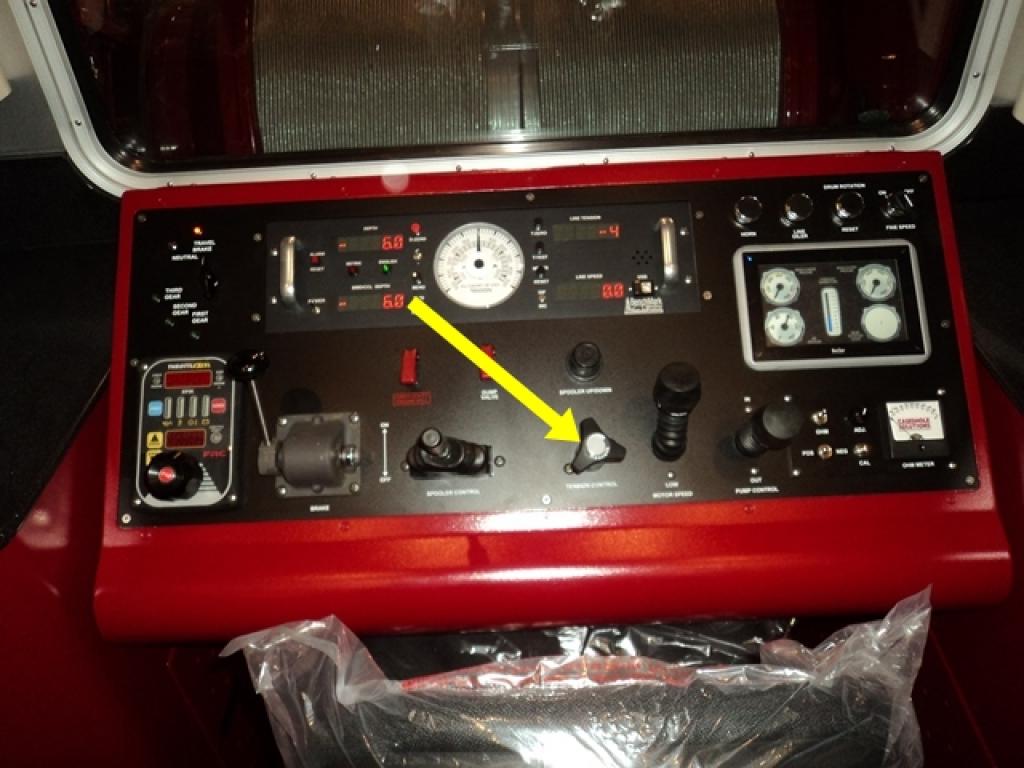Component Related Documentation
Virtually every hydraulic system includes a pressure relief valve which is a normally-closed pressure control valve typically connected between the main pressure line near the pump outlet port and the reservoir. Its purpose is to limit pressure in the system to a preset maximum by diverting some or all of the pump's output to the tank when the pressure setting of the valve is reached.
Safety Related Notes
Before working on this machine, perform lockout-tagout procedures per the rules of your plant. Determine the sources of energy on this machine – electrical, pneumatic and hydraulic – and release or vent sources of stored energy – electrical capacitors, air receivers, and hydraulic accumulators. Shut off sources of power – electrical, pneumatic and hydraulic. Safely block mechanical sources of energy such as loaded springs and loaded machine members, or safely position the machine members so they are unloaded and springs are not under tension. Beware of hot hydraulic fluid and hot surfaces which can cause burns. Never “crack a hydraulic or pneumatic fitting” to check for the presence of stored energy. Hydraulic fluid injection injuries, as well as injection injuries from many other fluids, are extremely serious and must be treated immediately by medical personnel familiar with this type of injury. Loss of body parts or death may result from improperly treated fluid injection injuries! Never use your hands to feel for a hydraulic leak! Review the schematics and think before proceeding to work on the machine to ensure you have made the machine safe to work on.
Troubleshooting Document
| Probable Cause | Possible Remedy |
|---|
| Incorrect adjustment |
- Check pressure with gage and readjust.
|
| Contaminants holding valve partially open |
- Disassemble valve and inspect for burrs and other contaminants.
- Crocus seat and valve spool to remove burrs.
- Drain and flush the system. Refill with filtered recommended Fluid.
|
| Worn or damaged seat, poppet or spool |
- Replace damaged parts.
|
| Plugged Orifice |
- Disassemble and clean
|
| Broken spring |
- Replace spring if necessary
|
| Valve spool scored |
- Remove and replace
|
| Solenoid |
- Check electrical voltage supply
- Check for loose or broken connection.
|
| Leaking at valve seat |
- Remove and inspect for contamination and/or burrs
- Remove and repair or replace seat.
- Drain and flush system of contamination. Refill with filtered fluid.
- Check valve spool for misalignment.
|
| Fluid viscosity too high Or too low |
- Drain flush and refill with recommended fluid.
|
| Working pressure of system Same as relief setting |
- Readjust setting to at least 150 psi above working pressure.
- Consider cooler circuit if working pressure cannot be separated by150 psi setting.
|
| Main pressure setting too close to remote pressure |
- Readjust valves so there is a 150 psi differential between all valves.
|
| Viscosity of fluid too low |
- Drain, flush and refill with recommended filtered valves.
|
| Worn or faulty seat |
- Remove and replace
|
| Wrong spring on spool |
- Select valve with proper spring rate
|
| Pressure fluctuation in tank return line. |
- Check other return lines for fluctuation.
- Remove return line. Check for restriction
|
| Improper valve adjustment range |
- Replace valve with correct valve.
|
| Spring cavity drain line or passage plugged |
- Remove and clean valve.
- Remove repair and/or replace external drain lines.
- Check tank return line for obstruction.
|
Item:
11
Description:
Valve, Line Tension Relief
Manufacturer:
Bosch Rexroth
Part Number:
DBDH6-G-1X/400V/12
Stock Code:
.40056B
Electrical Address:
N/A
Component Application:
This relief valve is used to regulate the maximum amount line tension allowed to the wire line drum. PRESSURE SETTING: 700PSI and should be set prior to installation to the system.

